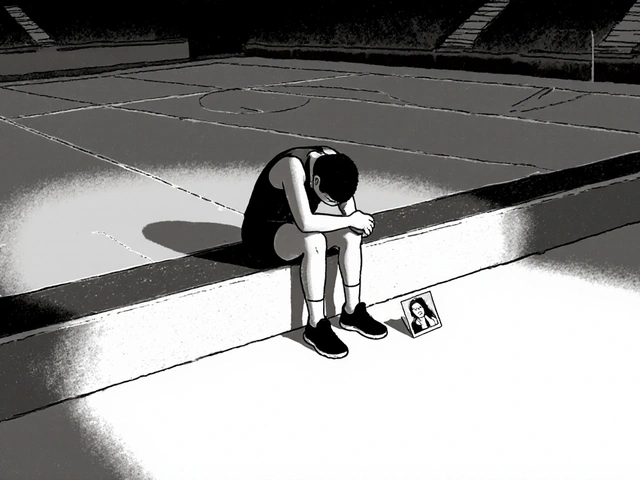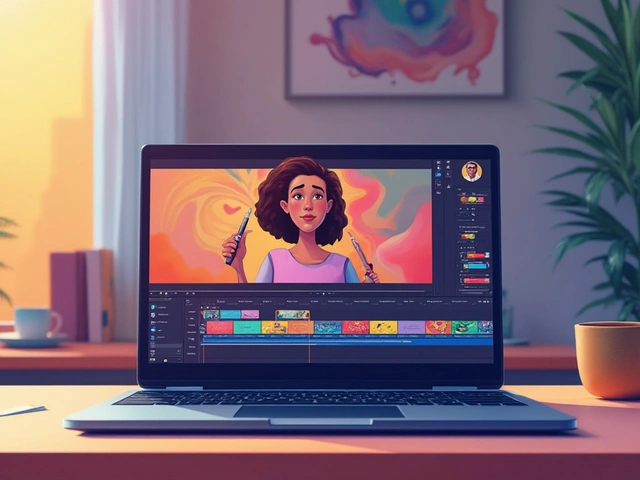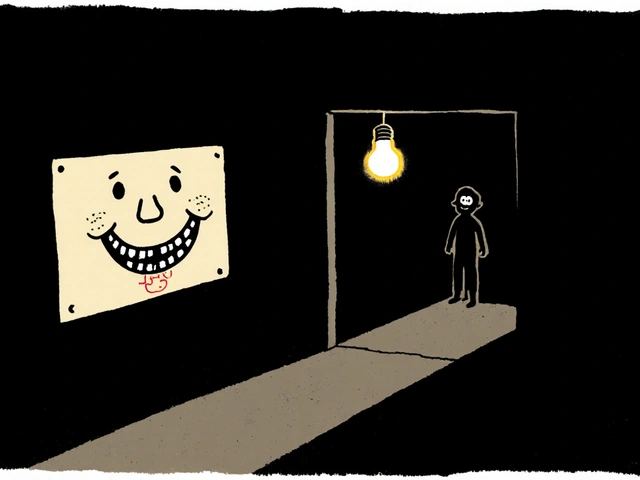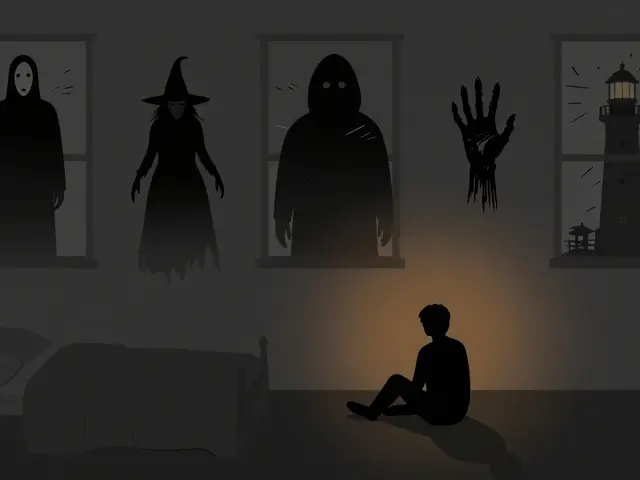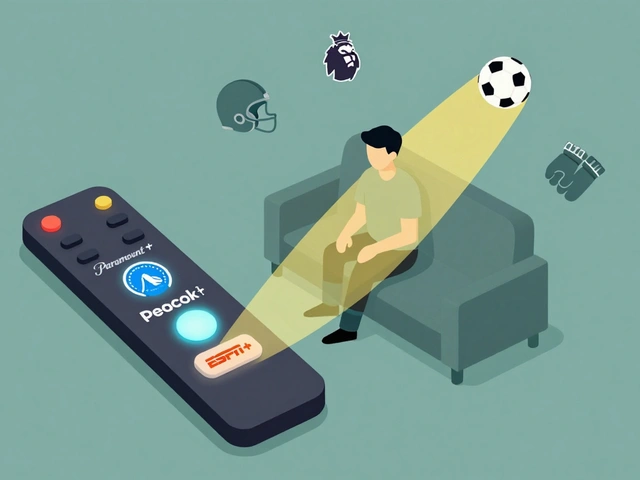28
Sports Documentary Craft: Editing Competition and Character Arcs

What makes a sports documentary unforgettable? It’s not the highlight reels. It’s not the slow-motion touchdowns or last-second buzzer-beaters. It’s the quiet moment after the game - when the winner stares at the floor, or the loser hugs their coach like they just lost everything. That’s where the real story lives. And that’s what editing builds.
The Heart of Sports Documentaries Isn’t the Game - It’s the People
Most people think sports documentaries are about winning. They’re not. They’re about transformation. Think of The Last Dance. It’s not just about Michael Jordan’s six championships. It’s about a man who turned fear into fuel. Or Free Solo. It’s not about climbing a rock. It’s about a man who chose to face death to feel alive.
When you edit sports footage, you’re not assembling clips. You’re sculpting emotion. Every cut has to serve the character’s journey. A missed free throw isn’t just a mistake - it’s the moment doubt creeps in. A comeback isn’t just luck - it’s the payoff of a thousand early mornings nobody saw.
How to Edit Competition Like a Story, Not a Scoreboard
Competition footage is messy. You’ve got 40 hours of raw material: warm-ups, locker room speeches, crowd noise, referees arguing, athletes vomiting from exertion. Your job isn’t to show every play. It’s to show why each play matters.
Start by mapping the emotional beats:
- Before the game: What does the athlete stand to lose? Family expectations? A scholarship? Their identity?
- During the game: What’s the turning point? A bad call? A teammate’s injury? A personal memory that flashes in their mind?
- After the game: How do they carry the weight? Do they celebrate quietly? Do they cry alone in the shower?
Don’t edit chronologically. Edit emotionally. If your athlete’s mother passed away last year, and they’re playing in her hometown, don’t wait until the end to show her photo. Show it when they step onto the court - right before the first whistle. Let the audience feel it before they even know why.
Character Arcs Don’t Need a Beginning, Middle, and End - Just Change
A character arc isn’t about redemption. It’s about change. And in sports, change is messy. Sometimes the hero loses. Sometimes the villain wins. Sometimes the athlete doesn’t get better - they just learn to live with what happened.
Take the story of a swimmer who broke her arm two weeks before nationals. She trained with one arm. She didn’t win. But she finished. And in the final shot, she doesn’t smile. She just looks at the water. That’s the arc. Not victory. Not defeat. Acceptance.
Editing this means avoiding the cliché. No uplifting music swelling as she touches the wall. No slow zoom on her face. Instead, let the silence hang. Let the water ripple. Let the audience sit with it. That’s what sticks.
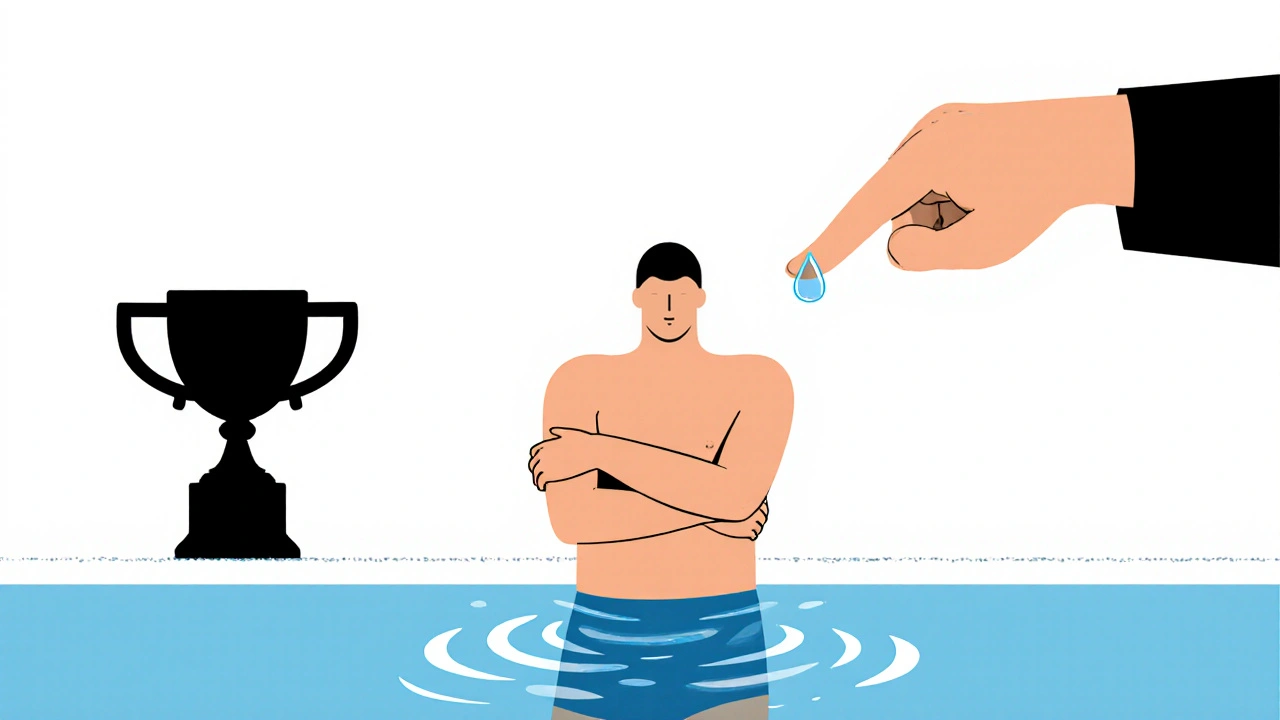
Use Silence as a Tool - Not a Mistake
Most editors panic when there’s no sound. They fill it with music, voiceover, or ambient noise. Don’t.
When an athlete collapses after a race, the most powerful moment isn’t the commentator yelling. It’s the sound of their breathing. The squeak of their shoes on the track. The distant cheer fading into nothing.
Use silence to force the viewer to lean in. Let them hear the heartbeat. Let them feel the exhaustion. That’s where empathy lives.
In 20 Feet from Stardom, they let a backup singer sit in silence for 12 seconds after she says, “I never wanted to be famous. I just wanted to sing.” No music. No cutaways. Just her. And that’s the moment the whole film clicks.
Contrast Is Your Best Friend
Put the roar of the crowd next to the quiet of a locker room. Put the coach’s scream next to the athlete’s whisper. Put the trophy presentation next to the hospital bed.
These contrasts don’t just make scenes more dramatic - they reveal truth. The athlete who wins the championship and then goes home to an empty house. The team that wins the title and breaks up the next week.
Editing is about juxtaposition. Not just what you show - but what you place beside it.

Don’t Edit for the Game - Edit for the Aftermath
Most sports docs end with the final whistle. That’s the wrong ending.
The real story happens after. When the cameras leave. When the fans go home. When the athlete is alone with their thoughts.
Find the footage no one else shot. The athlete eating dinner alone. The coach staring at a blank whiteboard. The parent holding a jersey they’ll never wear again.
That’s the gold. That’s what makes people cry in theaters. Not because someone won. But because someone changed.
Tools Don’t Tell Stories - People Do
You don’t need fancy software to edit a great sports documentary. You need patience. You need empathy. You need to sit with footage for days and ask: What is this really about?
Some editors think they need to use every transition, every color grade, every sound effect. They don’t. The best sports docs are often the quietest. The ones where the editing is invisible - because it’s not calling attention to itself. It’s calling attention to the person.
Use your tools to serve the story. Not the other way around. If your cut feels forced, delete it. If your music distracts, mute it. If your voiceover explains what the image already shows, cut it.
Final Thought: The Greatest Athlete Isn’t the One Who Wins - It’s the One Who Lets You In
The most powerful sports documentaries aren’t about records. They’re about vulnerability. About showing up broken and still trying. About failing and still showing up again.
When you edit, ask yourself: Am I showing the athlete’s pain - or just their performance? Am I revealing their soul - or just their stats?
The best edits don’t make you cheer. They make you remember your own losses. Your own comebacks. Your own quiet victories.
That’s the craft. Not the highlights. Not the trophies. The silence after the final whistle - and the person still standing in it.
What’s the most important skill for editing a sports documentary?
The most important skill is emotional listening. You’re not just watching footage - you’re listening to what’s unsaid. The hesitation in an athlete’s voice, the way they avoid eye contact, the silence after a loss. These are the clues that tell you where the story really is.
Should I use voiceover in a sports documentary?
Only if it adds something the visuals can’t. Voiceover should never explain what’s obvious. It should deepen what’s hidden. Like a coach saying, "I didn’t know he was scared," right after footage of him throwing up before a game. That’s voiceover with purpose. Not narration.
How do I find the real story in a sea of footage?
Look for moments where the athlete’s guard drops. A player laughing uncontrollably after a bad play. A parent wiping tears without realizing the camera’s still rolling. These are the moments that reveal truth. Write them down. Then build the whole edit around them.
Can a sports documentary work without a clear winner or loser?
Absolutely. Some of the most powerful sports docs have no clear victor. Think of a team that loses but inspires a whole town to start a youth program. Or an athlete who retires because of injury but becomes a mentor. The story isn’t about the scoreboard - it’s about the ripple effect.
What’s the biggest mistake new editors make?
They edit for the highlight. They pick the fastest run, the hardest hit, the loudest cheer. But those moments are already everywhere. What no one else has is the quiet, messy, human part - the part that comes after the cameras stop rolling. That’s what you need to find.

